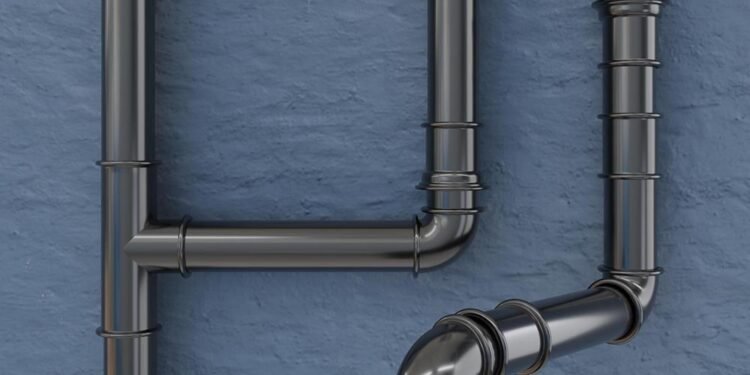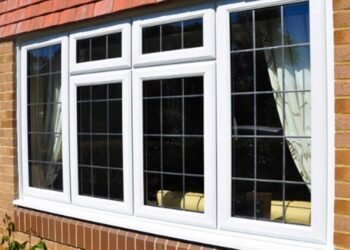So, you’ve been noticing a drastic drop in water pressure, or maybe your water has a rusty color. If you’ve already ruled out simpler issues, you might be facing a larger challenge – repiping your home. Don’t fret! Though repiping might be daunting, it’s not all doom and gloom. In fact, with the right knowledge and guidance, you can navigate this process with confidence.
Here’s all you need to know before going ahead with repiping your home:
What is Repiping?
Simply put, repiping is the process of replacing all or part of your home’s plumbing system. This includes all pipes, fittings, and fixtures that deliver water to your faucets, taps, showers, and appliances. Most homes have copper or galvanized steel pipes – materials known to corrode over time. As a result, American Dream Realty & Management in Harford County advises that repiping is often necessary when your plumbing system is old or damaged beyond repair.
Signs that Your Home Needs Repiping
If you’re experiencing low water pressure, discolored water, or frequent leaks and clogs in your pipes, it could be a sign that your home needs repiping. Other signs include rusty patches on walls or ceilings near pipes, water damage, and foul odors from your pipes. If you have an older home with original plumbing, it’s also worth considering repiping as a preventative measure.
Benefits of Repiping
Though the thought of repiping may seem overwhelming, this process has many benefits. For one, new pipes can improve your home’s water pressure, giving you a more efficient and enjoyable experience when using water. Additionally, repiping can eliminate rusty or discolored water, ensuring the safety and cleanliness of your drinking water. Moreover, repiping can increase your home’s value and prevent costly repairs in the future.
The Repiping Process
Repiping is not a DIY project – it requires the expertise of a licensed plumber. The process typically involves cutting into walls and ceilings to access and replace the pipes. The old pipes will be removed, and new ones will be installed using either copper or PEX (cross-linked polyethylene) piping. The plumber will also install new fittings and fixtures as needed. Depending on the size of your home, repiping can take anywhere from a few days to a week.
Finding the Right Plumber
When repiping your home, it’s crucial to find a reputable and experienced plumber. Don’t be afraid to ask for references and read reviews before deciding. It’s also essential to get multiple quotes from different plumbers to compare prices and services. Remember, the cheapest option may not always be the best, so consider all factors before making your choice.
Cost of Repiping
The cost of repiping your home will depend on several factors, such as the size of your home, the type of piping used, and the complexity of the project. On average, repiping can cost anywhere from $2,000 to $15,000. While this may seem like a hefty price tag, remember the long-term benefits and potential savings on future repairs.
Keep an eye out for signs that your home needs repiping, research to find a reputable plumber, and consider the long-term benefits of this investment. With the right approach, you can ensure that your home’s plumbing system is efficient, safe, and reliable for years. So don’t wait until it’s too late – take action and repipe your home today!












